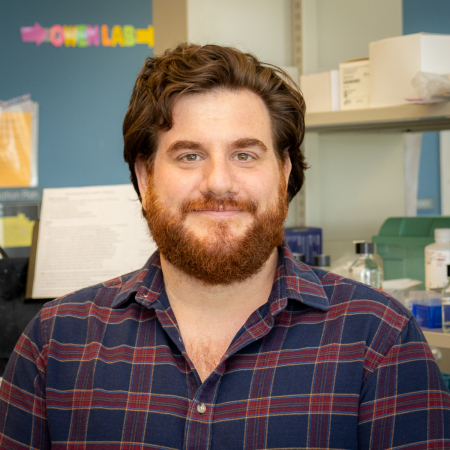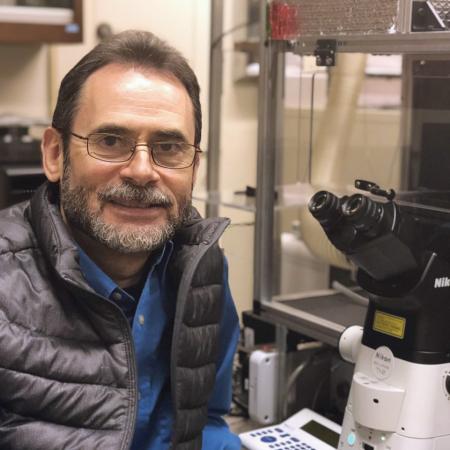


We study mechanisms of protein biosynthesis in bacterial and eukaryotic cells, with a goal to understand bacterial drug resistance and identify new drug targets, using biochemical and high-resolution 3D cryo-EM techniques.

We use NextGen sequencing to determine frequencies and sequence dependence of polymerase errors, and computational methods for drug design, structure prediction, and elucidating chemical and conformational mechanisms.

We study the molecular basis of bacterial growth and cell shape determination in critical bacterial pathogens with “unusual” shapes. Our research helps us to understand how bacterial shape contributes to pathogenesis, and identifies vulnerabilities in understudied bacterial growth plans.

We are engaged in algorithms and software tool development for the prediction of RNA secondary structure and their applications to understand mechanisms of regulatory non-coding RNAs, with a recent focus on microRNAs and small bacterial RNAs.

We seek to reveal the molecular mechanisms that enact error-free segregation of chromosomes during cell division. Advanced microscopy and laser ablations allow us to probe the behavior of individual chromosomes and spindle poles.

We study the molecular mechanisms by which multiple DNA polymerases replicate bacterial genomes completely, with high accuracy and tolerance for DNA damage, yet also create mutations that give rise to antibiotic resistance.

We study the structural basis of macromolecular assemblies and organelles in epithelial cells for sensing or responding to extracellular environmental changes. Our approach involves a variety of customized methods in advanced electron microscopy.